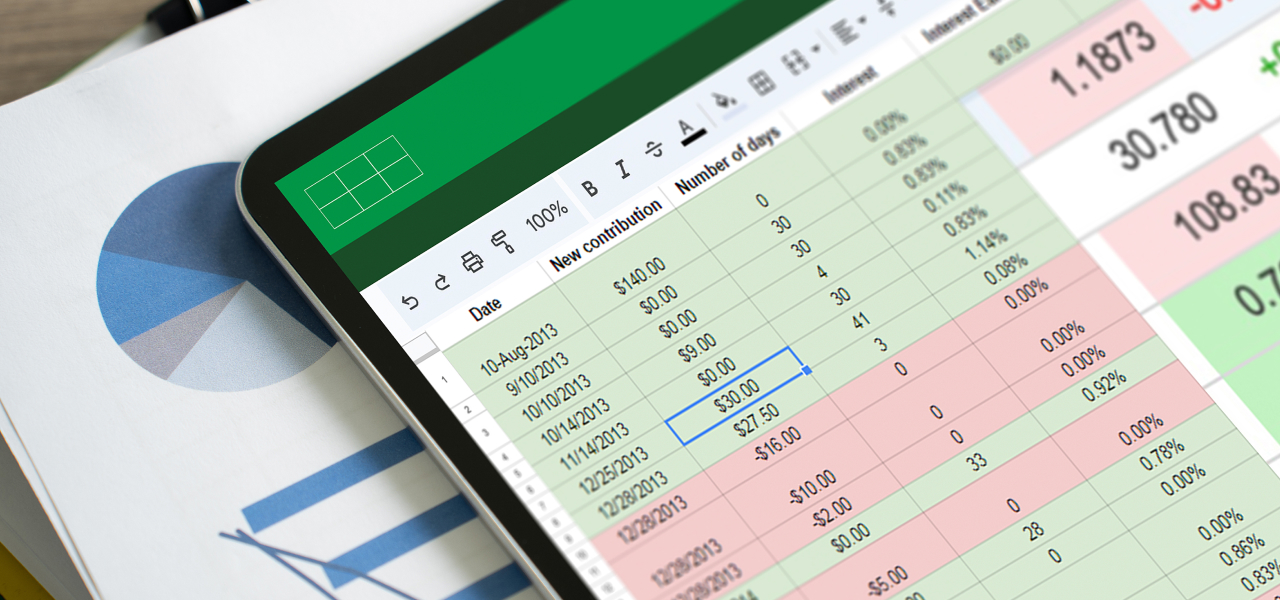Software development is dynamic – constantly evolving and moving forward. While minor software updates may add a new report or new feature, major software releases upgrade your existing version of the software and prevent it from becoming stale.
In addition to patches and bug fixes, major releases can include new or significant enhancements to the features, functionality, user interface, integrations, and reports currently available. Back-end coding might change as well, delivering faster processing or greater interoperability with other systems.
In other words, upgrades provide tangible benefits that enable companies to run more efficiently, compete more effectively, and offer more options to clients.
Yet, companies often delay installing new releases because they simply do not want to spend the time and energy to upgrade. But falling behind is a risky strategy. Besides putting you at a competitive disadvantage due to a lack of functionality or compatibility with other programs, older software versions are harder for the software provider to support if questions or issues arise. If the software version you are using is truly legacy, don’t be surprised if the vendor stops supporting it completely.
Another reason to implement releases in a timely manner is because playing catch-up can be a shock to the system. If it’s been years since your last upgrade, be prepared for a giant leap in functionality and other aspects of the software as well as a more costly and disruptive upgrade process for implementation and training.
Maximizing success
The growing use of APIs across all businesses means that today’s systems are more interconnected than ever. Back-office accounting software doesn’t operate in a vacuum – it must be able to integrate with market data feeds, CRM systems and dozens of other third-party applications asset management firms rely on.
The more interdependencies and “moving parts,” the greater the complexity of upgrading. To prevent costly delays and ensure your next software upgrade project proceeds smoothly, it is essential to have a structured process for managing, testing and implementing new software releases.
Here are 5 best practices to minimize disruption and maximize success of your next software upgrade.
1. Start with a plan
Outline the business procedures you perform with the software and any dependencies on your other systems. Then develop a plan that addresses every stage of the project: release notes review, data back-up, testing procedures, who is responsible for sign off, optimal scheduling, and steps for moving the software into production.
2. Identify a project leader
Every project needs a champion to take ownership of the process and steer the project from start to finish. Software upgrades are no different. In fact, the project champion is the key to implementation success, according to the Project Management Institute.
The best project champion is an internal resource with the time, knowledge and project management expertise to lead the process. Select someone who understands your technology infrastructure, including all dependencies, and is familiar with the vendor system being upgraded.
3. Schedule wisely
Successfully installing a new version of software takes time, effort and careful planning. Upgrading is important, but so is minimizing downtime and disruption to your business.
Schedule the upgrade during a period of lower activity that works within your business cycle.
For example, if you produce monthly reports for your clients, start the upgrade process right after you have issued the reports to ensure you have enough time to implement and test the new release before the next end-of-month activities are due.
Stay on top of vendor release schedules so that you are prepared for upgrades and can work them opportunistically into your firm’s regular business cadence.
4. Test and retest
In carpentry, “measure twice, cut once” is a well-known expression and wise advice that prevents errors. The same concept holds true in software. To avert potential problems, back up all critical data, then test and retest before putting the software into production.
Although vendors typically invest significant resources into internal testing infrastructure and run multiple layers of rigorous tests for each new software version before making it available to clients, vendor testing cannot replace your own testing. Vendors do not have access to your IT environment, your database versions, or your workflows and integrations, which means that they cannot physically test every element of a use case on all possible real-data scenarios.
In order to replicate a real-life scenario, consider setting up a test server with the same parameters as your production server, including restoring the most recent backup of your database from production. This will enable you to install an upgrade in the test environment first and execute your main business processes to ensure there are no hiccups before putting the new version into production.
5. Enjoy the enhancements
Software upgrades can boost performance, streamline operations, put new bells and whistles at your fingertips and enable you to deliver better service to clients – but only if you are using it to its maximum potential. To benefit from the full scope of enhancements, get your team up to speed as quickly as possible. Take advantage of webinars, training, online documentation and other materials provided by your software vendor.
After all, software is an investment. Keeping current on upgrades will enable your firm to continue to reap all the benefits your investment was intended to provide.
Whether installing FundCount for the first time or implementing an upgrade, learn how FundCount helps to ensure your success. Download the infographic.







